The headquarters of pirates of the Caribbean, who inspired Robert Stevenson to create Treasure Island, the land of beaches, rum and cigars, the revolutionary homeland of Fidel Castro - even in the prosperous 21st century, Cuba has a special rebellious charm. Cadillacs and Plymouths of the 1950s still drive along the streets of Havana, instead of lemonade, Cubans cool themselves with sugarcane juice and ice, the air smells like sea and tobacco, and few speak English, so get ready to learn at least a couple of phrases in Spanish, so that you can be understood! Read about the most popular locations, must-see places and must-try dishes of Cuba in the Travellizy's review.
A Walk on the Bottom of the Ocean: King Tides in California
Cuba’s beaches
Good news first: almost the whole country is nothing but coast, and there are beaches in all major cities. Almost everywhere, the entrance to the sea is gentle, so Cuba is recommended for families with children. The climate in the regions differs slightly. Even in January, the coldest month, the air temperature in the center of the country does not drop below + 26°C, and in the south - below + 27–28°C. In general, a simple rule works: the southeast the Cuban region, the hotter the weather. In addition, in eastern Cuba, the terrain is more hilly - the mountains create a unique comfortable microclimate. Here is another life hack: pay attention to the name of the resort. If you see the word Cayo (e.g. Cayo Coco or Cayo Guillermo), you should expect a calmer sea and the air is 1-2 degrees warmer. This is how island resorts are indicated in Cuba, e.g. the famous Caribbean Paradise with clear water and white sand.
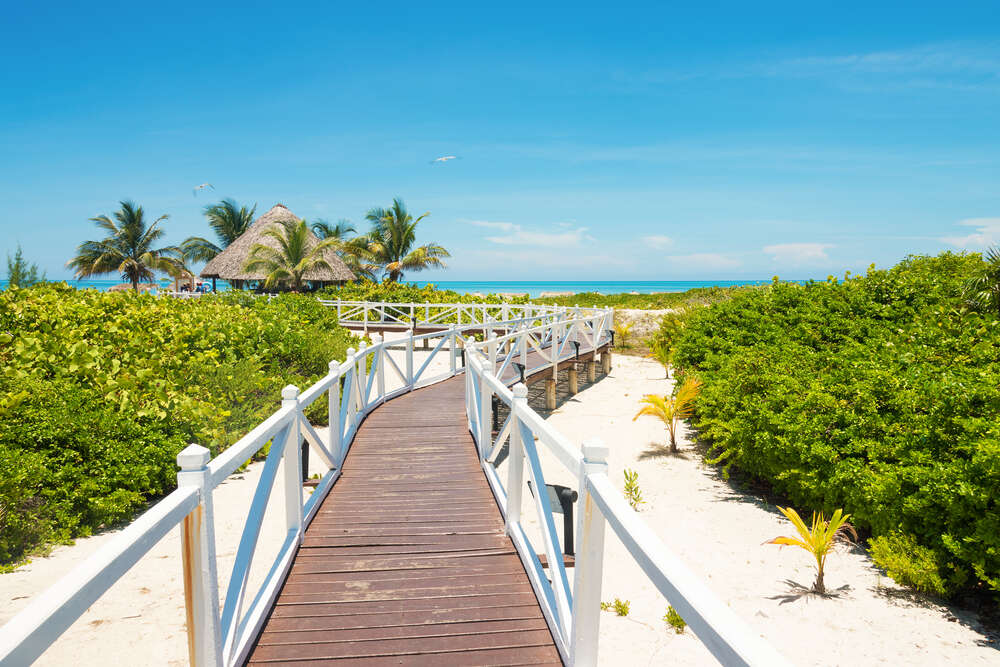
If you want to combine beach vacations and colorful city excursions, choose beaches in the Havana area. The nearest are Playas de Este, a number of small beaches 20 km away from the capital. The water here is unclear due to the proximity of the port, and the sand is not perfectly clean, but locals willingly rest on these beaches and many inexpensive cafes of Cuban cuisine are open. The climate is temperate: +25–26°С in the winter and up to +32°С in the summer; the sea does not even cool below +26°С even in winter. Another reason to choose Havana's beaches is excellent diving, because you can see here sunken ships and coral reefs with turtles and colorful fish.
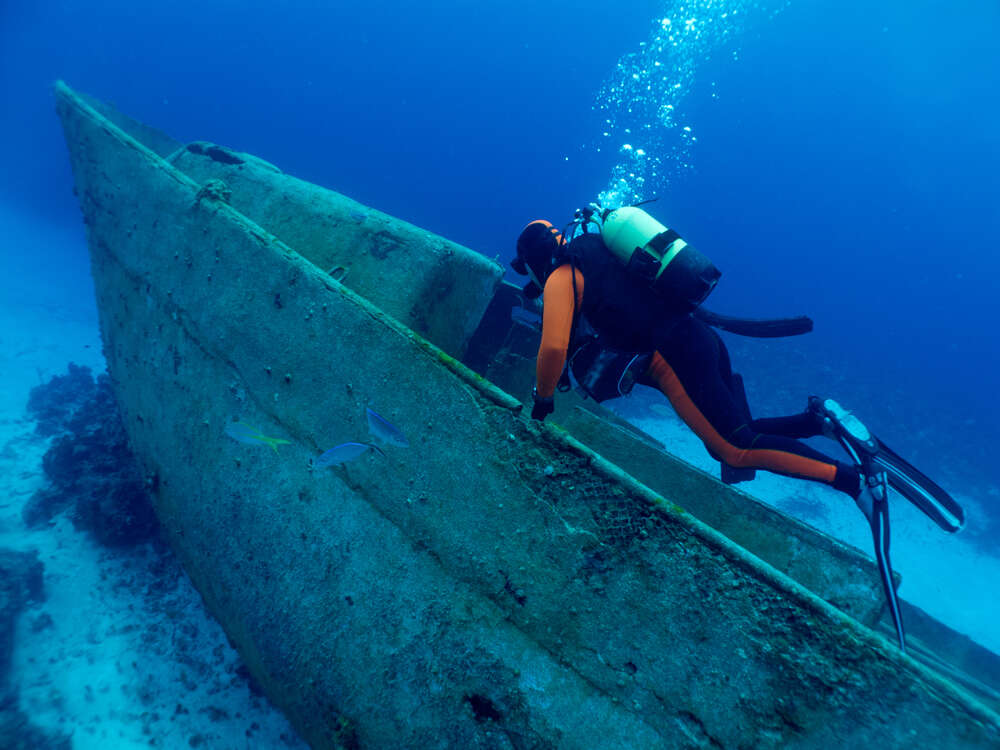
The second direction for a beach holiday is near the bustling metropolis of Santiago De Cuba. For example, Sevilla Beach is famous for its brown sand and stunning mountain scenery, and a visit to Daiquiri Beach in Bakonao National Park can be combined with a trip to the Valle de La Prehistoria, an open-air dinosaur museum. The climate is slightly drier in this region than in Havana or in Varadero.
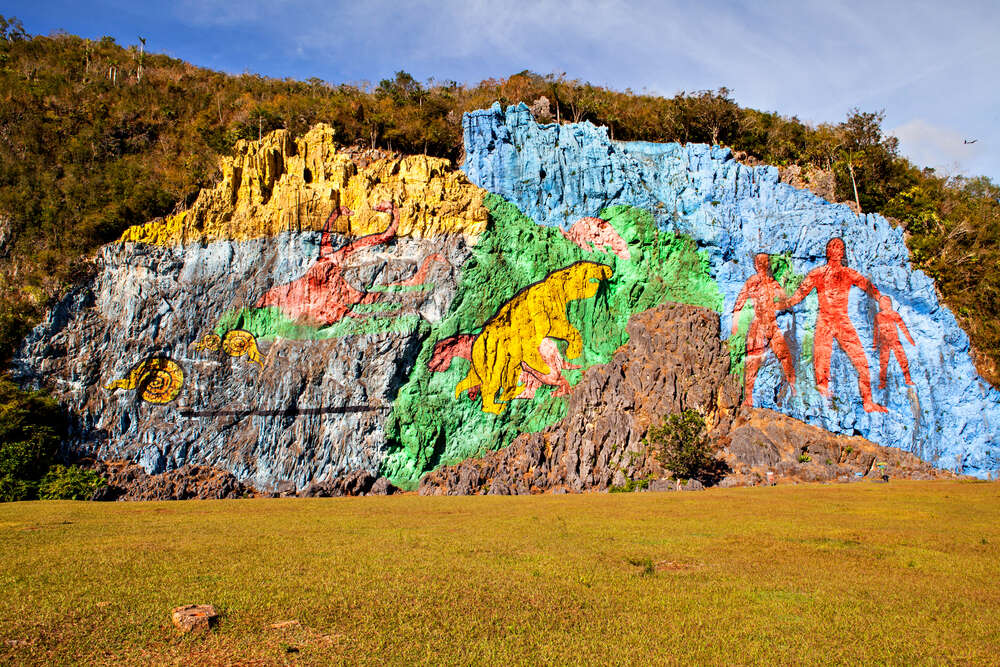
Varadero is the most popular resort in Cuba, which, however, is famous for the unstable and windy weather in January, at the height of the high season. Strong currents and big waves may ruin the vacation. The water temperature in the Atlantic Ocean ranges from +24°C in winter to +27–28°C in July and August. The main advantage of the Varadero beaches, which stretch for almost 20 kilometers, is the developed infrastructure. In addition to traditional sunbeds, tourists will find a couple of dozen diving centers, you can rent a pleasure yacht or fly on a paraglider.
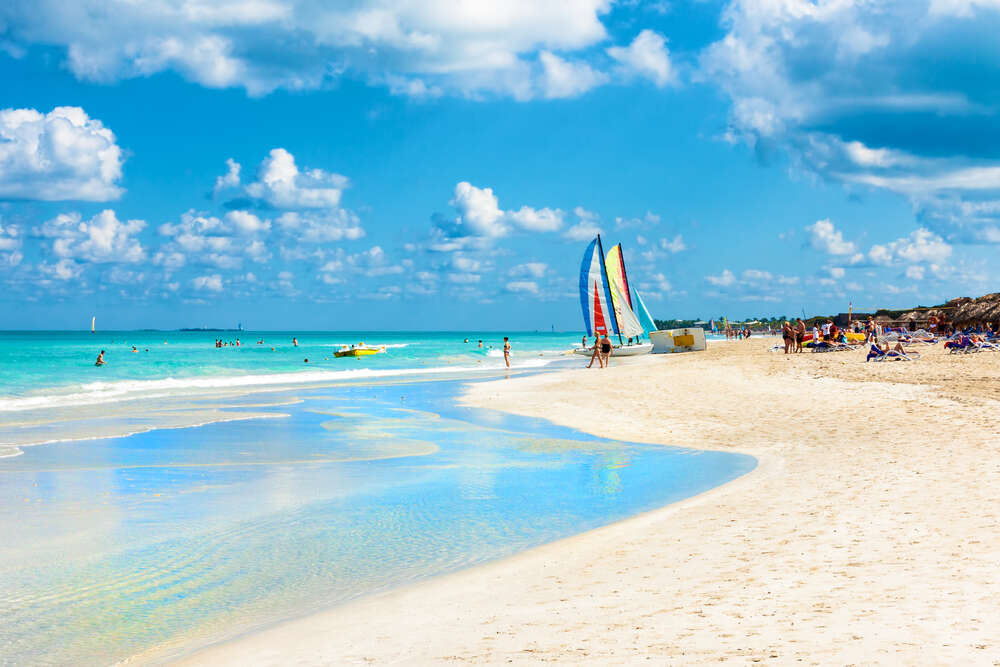
It's an absolutely perfect place: white sand, palm trees and azure water with a smooth entrance to the sea. Another plus is that almost all spa workers speak English at least at a minimum level.
You should visit Trinidad (central Cuba) for year-round ripe mangoes and Ancon sand spit. Local beaches are less crowded, the entrance to the sea is rather sharp, and the algae in the sand is quite a familiar picture. But on Ancon, there is a lot of natural shade and green palm zones
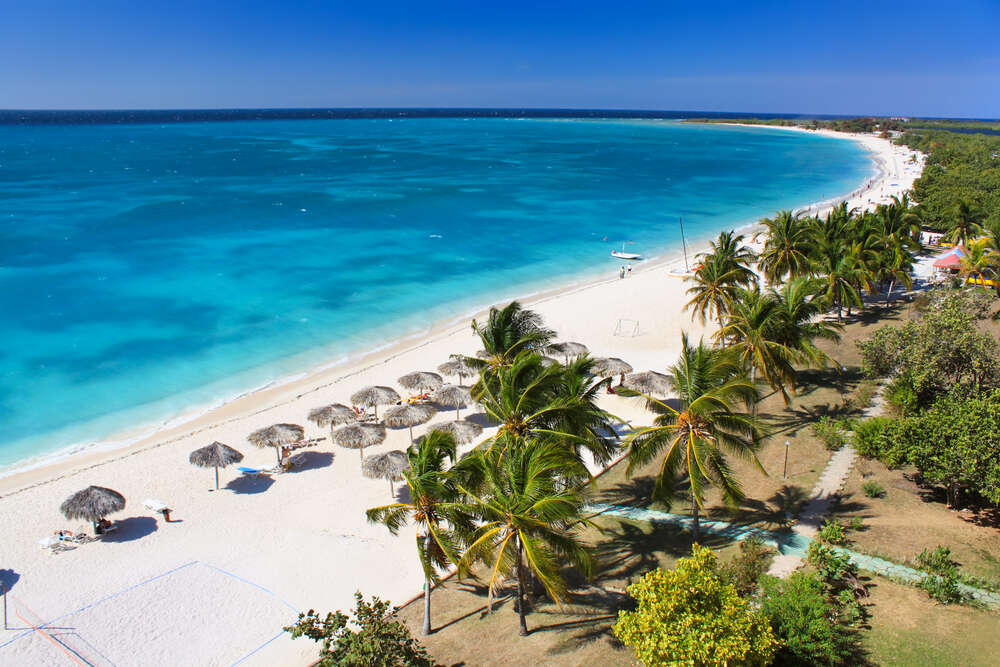
Miracle Island: the best places on the coast of Sri Lanka
Cuba’s fishing
Fidel Castro liked sea fishing in the Jardines de la Reina (Gardens of the Queen), on 600 islands and coral reefs of the archipelago, along the northern coast of Cuba. Among mangroves and canals in shallow waters, white marlin, barracuda and dorado, golden tuna and tarpon are caught all year round with spinning and fly fishing. For Big Game Fishing, it is worth going for trolling in the open ocean.
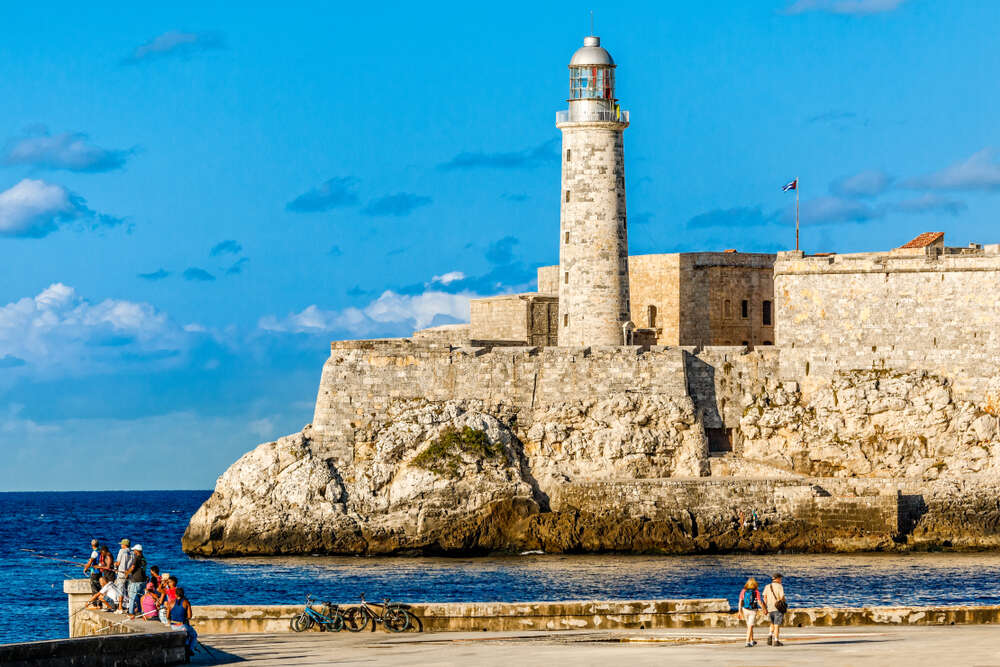
The surroundings of Playa Ancon and Cayo Largo are quite popular on the south coast, as well as Maria La Gorda, Cayo Guillermo and Cayo Coco in northern Cuba. Renting a 33-foot yacht will cost 350 Cuban pesos for 5-6 hours. The perfect time for fishing on the blue Atlantic marlin is March and the first half of autumn, for swordfish, it is January and February. Even if you are not lucky with the fish on the chosen day, you will definitely not return to the shore without lobsters! By the way, the Cubans themselves are forbidden to catch and cook lobsters, this seafood is intended only for tourists.
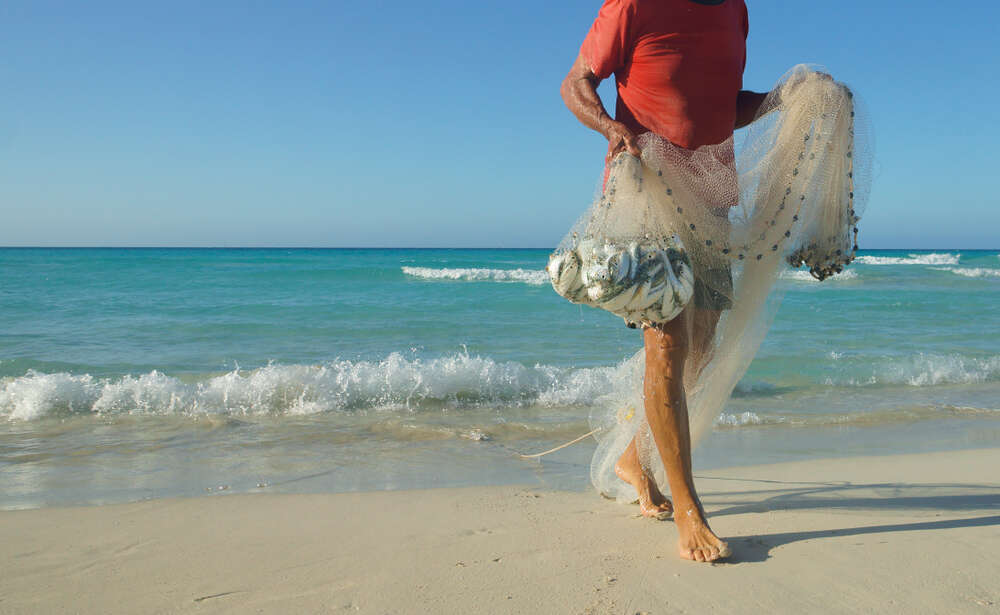
The most significant sport fishing events, such as the Billfish Tournament Ernest Hemingway, take place at the Havana Marina Hemingway. For the first time, these competitions were held back in the 1950s, and Hemingway himself was noted among the participants (and even won the first three tournaments). Since then, fans of marlin and tuna fishing have come to Havana every June. Everyone can participate, having gathered a team of up to 4 people and made a contribution of 600 Cuban pesos. Please note: Cuba has two types of currencies: local pesos (CUP, used by Cubans) and convertible pesos (CUC, designed for tourists). Foreigners can exchange currency only for CUC. Everything that is sold in CUC is several times more expensive than goods and services sold in local pesos — this is the state’s policy. Be prepared for the fact that the same service for Cubans and visitors may have radically different prices. By the way, it’s definitely worth taking euro cash with you: if you decide to exchange dollars for pesos, in addition to the bank commission of 3%, pay a surcharge penalty of 10%.
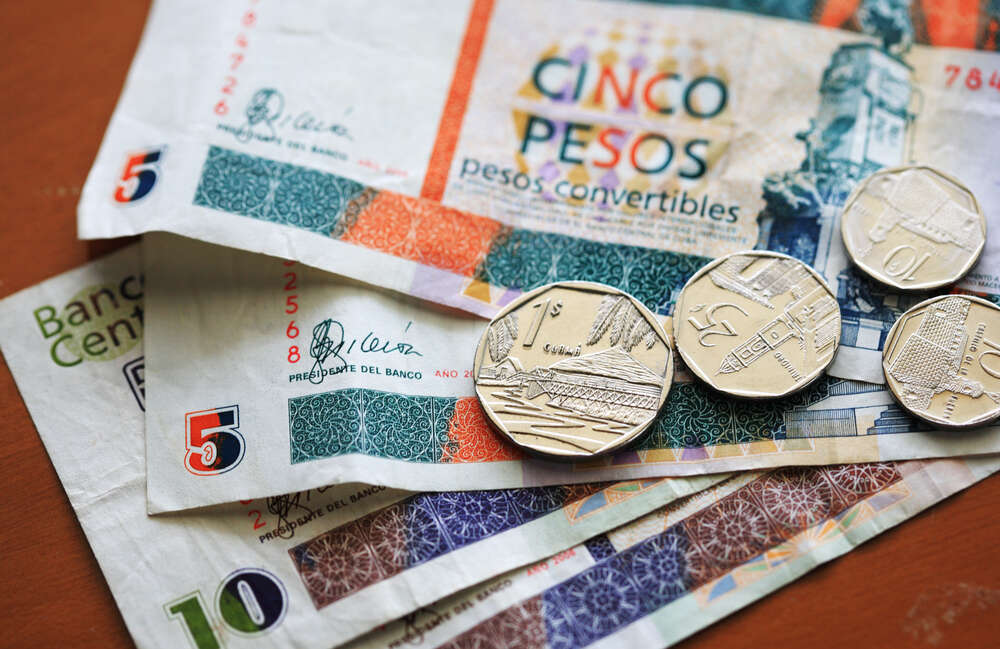
From Pattaya to Phuket: Thailand's Top Beach Resorts
Cuba’s Nightlife
If the words Cuba and Salsa are inseparable for you, do not waste time and go to Trinidhttps://journal.travellizy.com/en/post/thailand_top_beach_resortsad. In the very center, on the Casa de la Musica venue, locals and tourists gather almost every night to drink pina colada (the tradition of mixing fresh coconut milk, pineapple juice and alcohol goes back to the Indians) and dance to live music. If you don’t know how to dance, just sit on the stairs and watch, this is what the live and pulsating Cuba looks like! There is a platform of the same name in Varadero, but it is already a full-fledged disco, where modern Spanish-language music is booming, tourist cocktails are replaced by rum and cola (rum is called vitamin R in Cuba for a reason, and the only thing it is not mixed with is milk), but there are much more Cubans than foreigners. You will find a more colorful dance floor in La Cueva del Pirata, this club operates in a real cave! And in Calle 62, you can always listen to the traditional Cuban motifs.
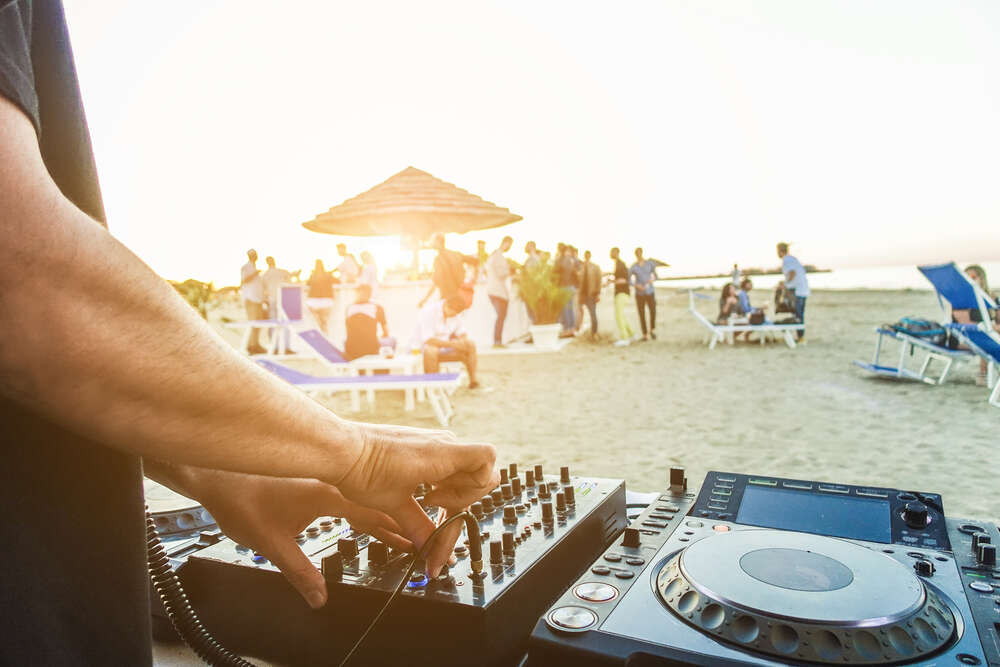
Once in Havana, make sure you meet the sunset on the Malecon seafront, a place where the ocean meets residential quarters. This is the most popular local promenade, where music plays in bars, and fishermen throw the caught fish directly onto the pavement.
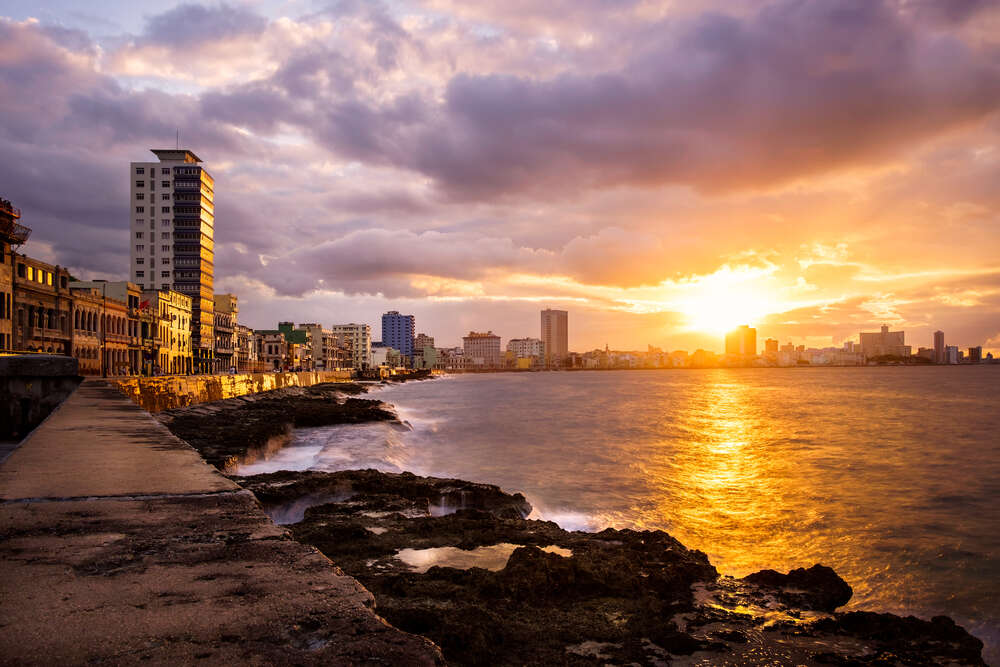
You should continue a hot Cuban night in the Tropicana club, where costumed shows in the spirit of the Havana Carnival are held. Well, the most literary must-visit in old Havana is the El Floridita bar. What should you order here? Of course, it must be daiquiri, Hemingway’s favorite cocktail based on lime and light rum. And on the wall, you can see the writer's quote: “My mojito in La Bodeguita, My daiquiri in El Floridita”. It is believed that it was in El Floridita that the most famous variation of the cocktail was created, so the locals proudly call the bar the cradle of the daiquiri. If alcohol is not your thing, then arrange a gastro tour of the local coffee shops. The fact is that Cuba has a very special coffee: due to the geographical features of the grain, arabica beans are slightly less aromatic here and do not have bitterness. Because of this, they are subjected to intense roasting, which gives the coffee the signature Cuban notes of tobacco and chocolate. If you want coffee with rum, choose Sopa de gallo, if you have the heart for a strong drink with dense sweet cane sugar foam, then Café cubano is your perfect choice.
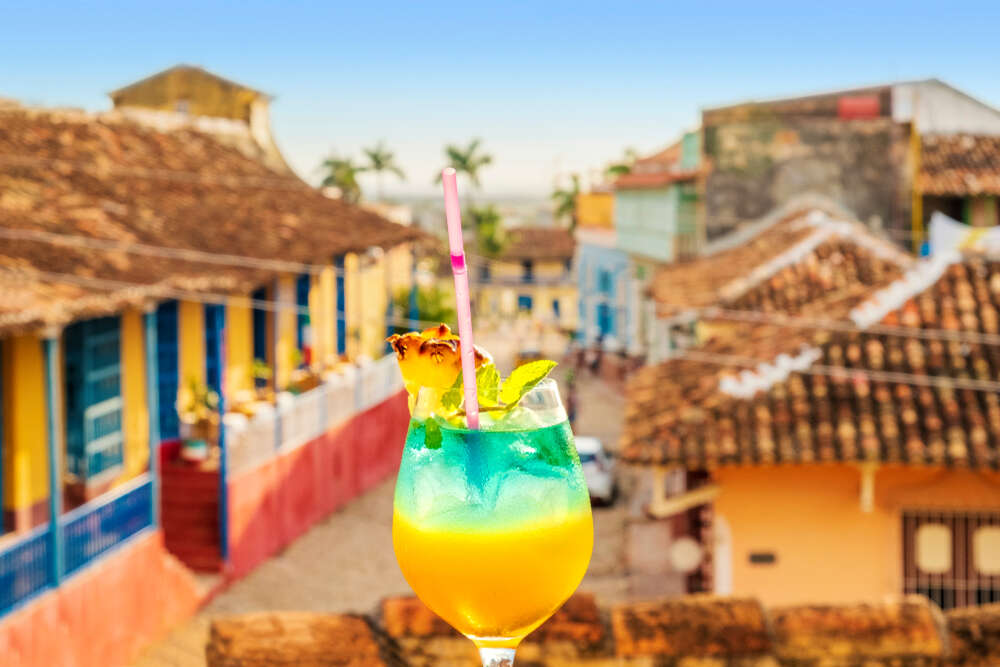
Cultural and historical Cuba
The cultural heart of Cuba is Havana, its diverse capital, founded by the Spaniards. Havana Vieja, or Old Havana, impresses everyone at first sight with its wild mixture of baroque, Moorish style and classicism, the power of the colonial fortress of El Morro, stormed by Ernesto Che Guevara, and the tranquility of the Cathedral of St. Christopher, which was built from coral limestone collected by slaves. If Old Havana will be remembered for its traces of pirate romance, American rich and Spanish aristocrats, then New Havana will remain in memory as bright spots of colorful houses, ubiquitous graffiti, and the absence of traders of all kinds.
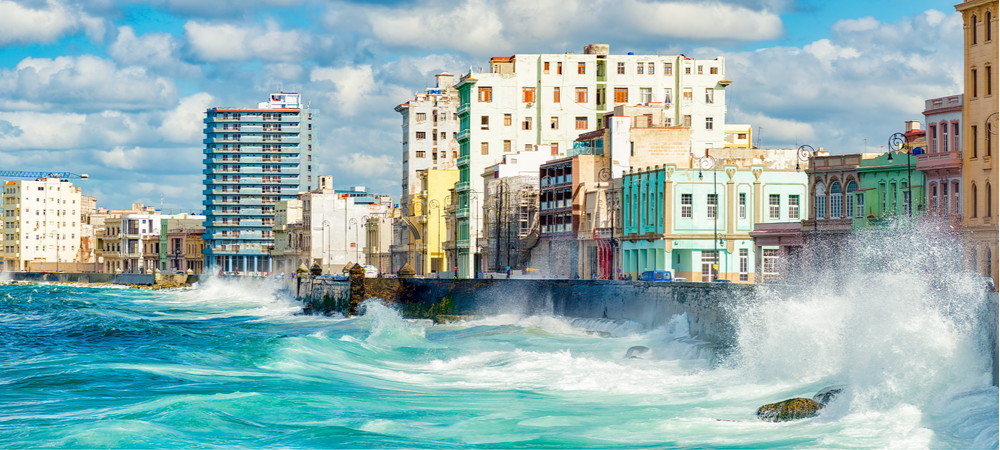
Unlike elegant European capitals, Havana is harsh and devoid of tourist chic, no one is trying to hide the dilapidated facades, you can wait for an order in a restaurant for more than an hour, having paid a fortune, and beggars and thieves have long been a part of the city landscape. However, you may not notice all these little things, but buy Cuban Sandwich (toasted bread with pickled cucumbers, ham and fried pork) on the street, listen to the sounds of a Cuban guitar and plunge into the atmosphere of the frozen 1950s. It was Havana that inspired Ernest Hemingway to create the cult story The Old Man and the Sea. In the suburbs of the capital, you can visit the villa Finca Vigia, where the writer used to live for almost twenty years. The museum has writer's personal library (there is a bookcase even in the toilet room), his typewriter and many other exhibits. By the way, Papa Hem became the only resident of Cuba, whom Fidel Castro transferred landownership to.
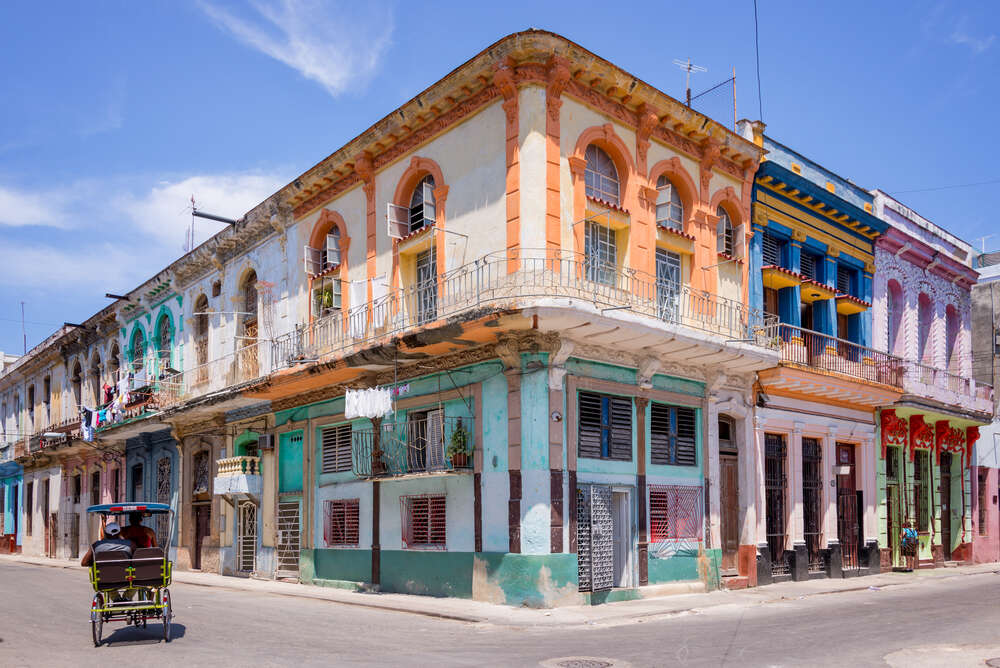
Outside of Havana, tourists will find no less interesting locations:
● Baracoa is the oldest city in the country with the Humboldt National Park next to it, you can see among the untouched mangroves and palm groves, what Cuba's nature looked like before the Europeans arrived.
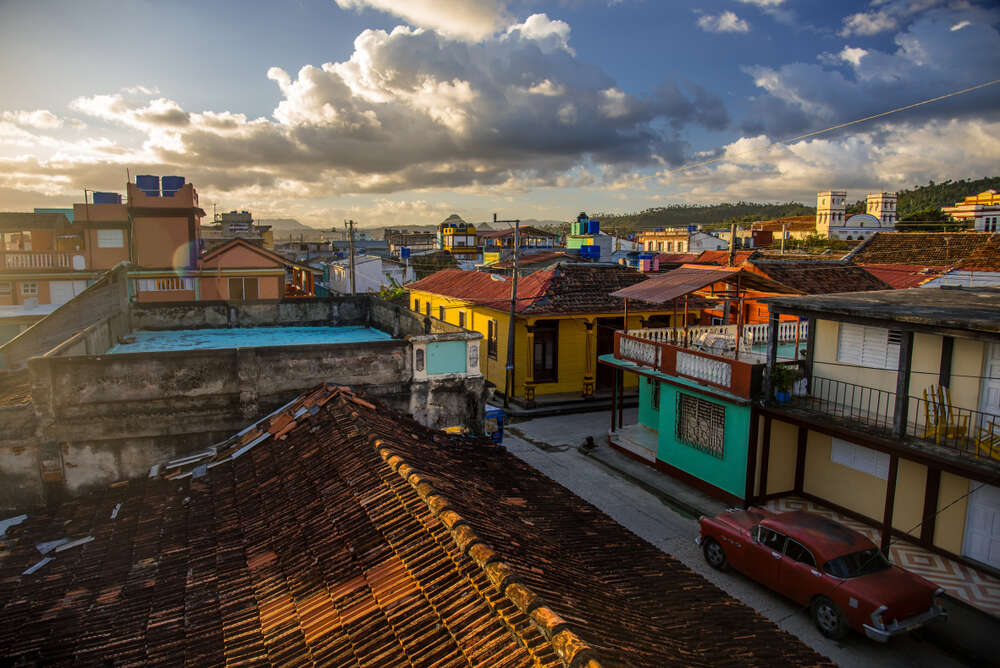
● In the vicinity of Varadero, you can visit the cave of Saturn and even swim in the clear water of a fresh lake under the overhanging stalactites for just 5 CUC.
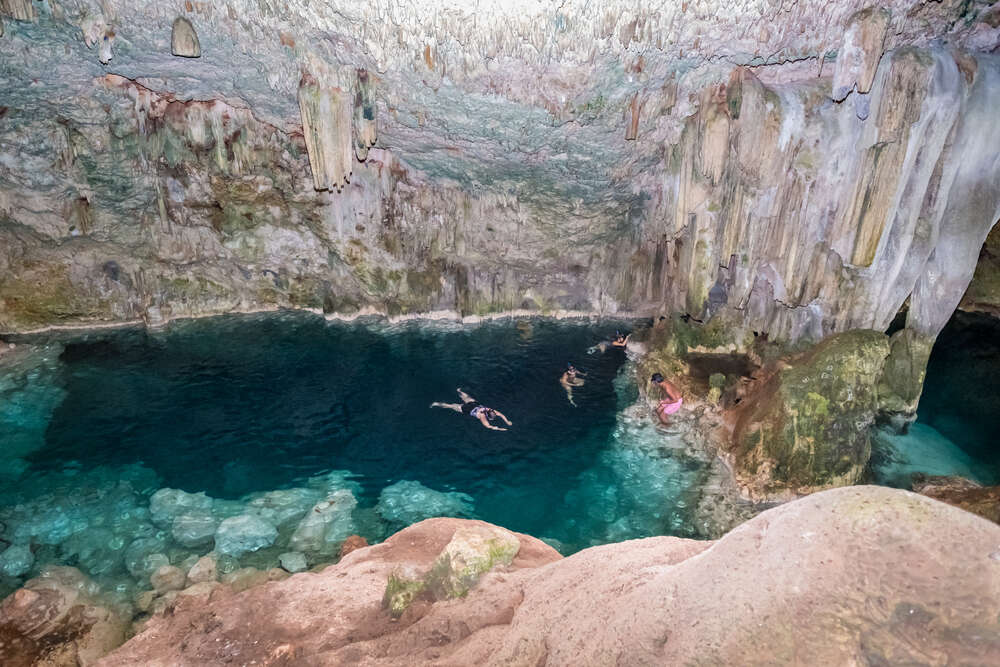
● Santa Clara is a must-see for those who wants to visit the mausoleum of Che Guevara. In addition to the commandant, the remains of other partisans rest here. The battle for Santa Clara was the decisive event in the Cuban revolution.
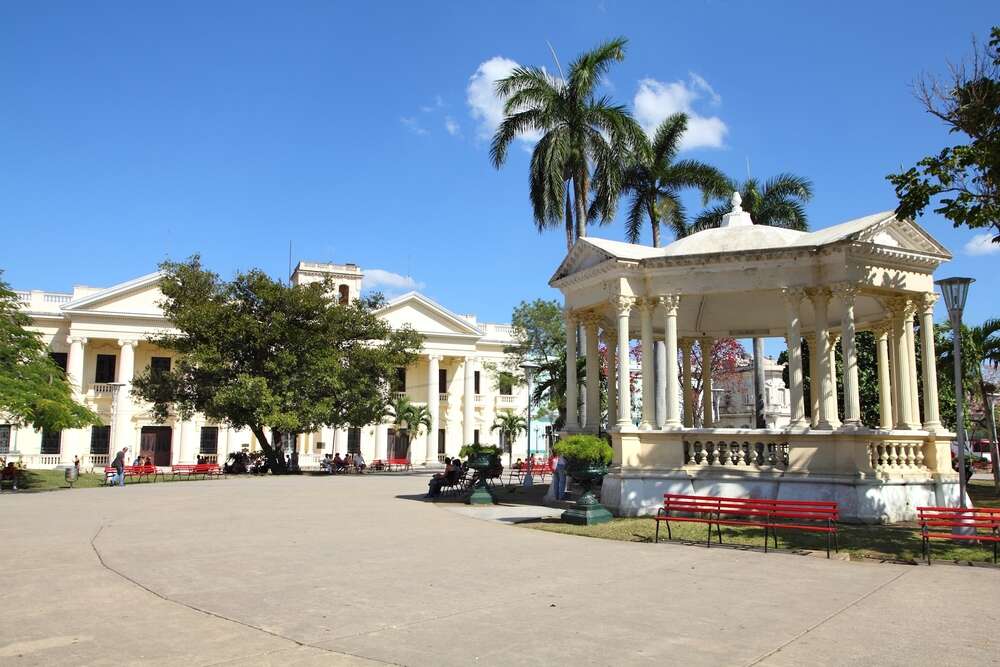
● Trinidad fascinates with its calm atmosphere, where the wheels of carts clatter on the old cobblestone pavement, while pensioners play dominoes right on the streets, sitting in rocking chairs. You can feel the spirit of the times here, as for a century, Trinidad was isolated from the rest of Cuba, so now it is a large open-air museum of colonial architecture.
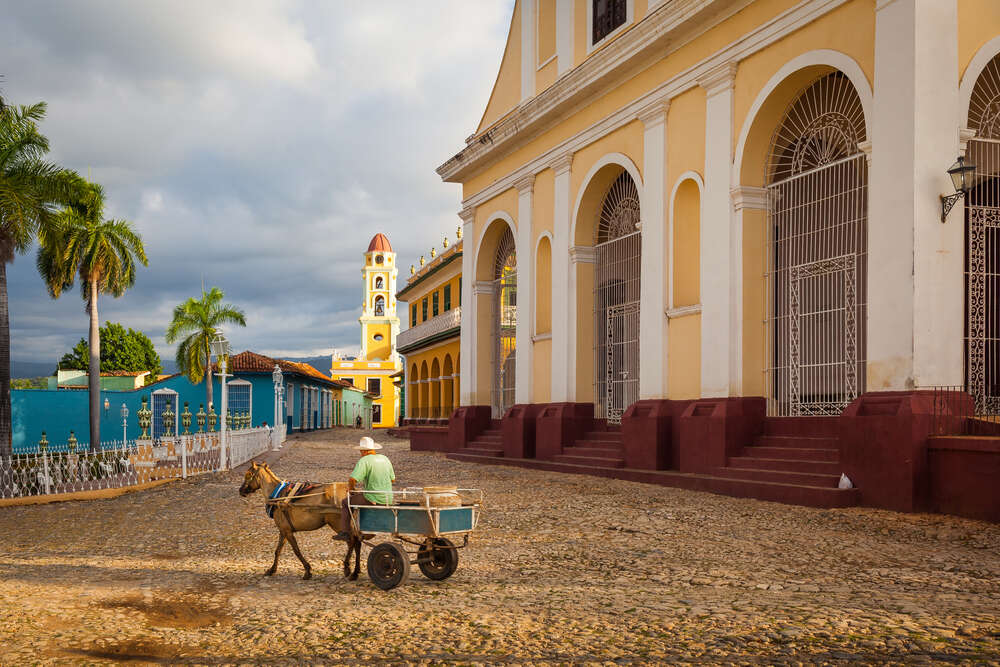
● Pinar del Rio, the cigar industry center, is worth a visit for the Vinales Valley. Here, picturesque limestone cliffs, overgrown with forests, reed and tobacco plantations, as well as ancient caves of the Indians with underwater rivers await tourists.
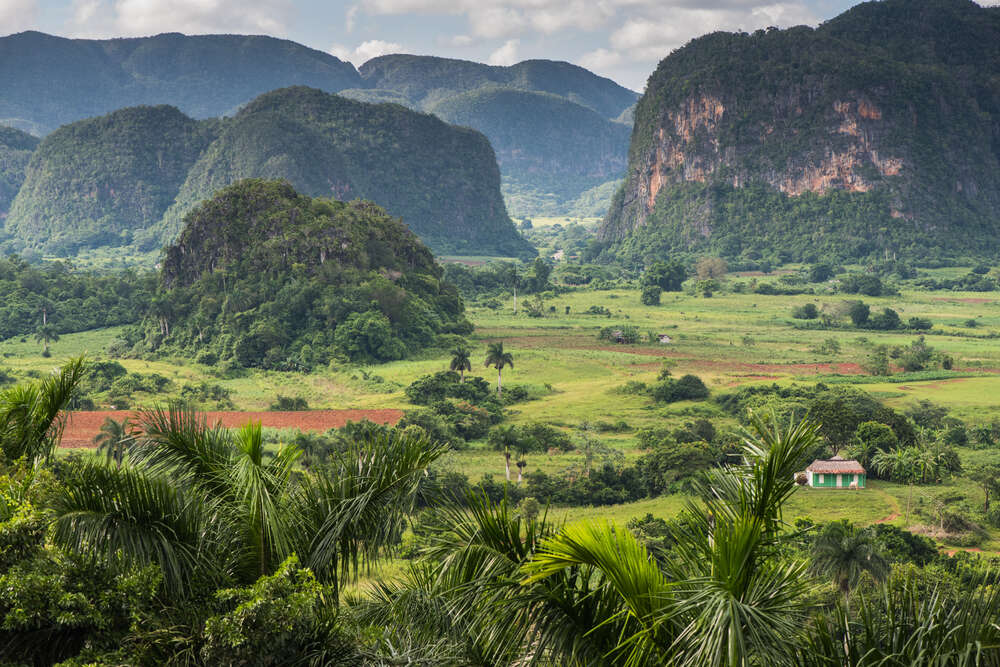
● Cienfuegos, the most European city, hides one of the most beautiful Cuban villas called Palacio de Valle. This is a real palace, built at the beginning of the century by a rich merchant in the Mudejar style, which southern Spain is famous for. Entrance is free, and fans of spectacular panoramas can hang out in the rooftop restaurant overlooking the mountains and the sea. The second must-see place in the city is the central square of Parque Jose Martí with cathedrals and palaces, the capitol and pedestrian streets, the Thomas Terry Theatre and even its own Triumphal Arch. After all, the French colonists founded Cienfuegos.
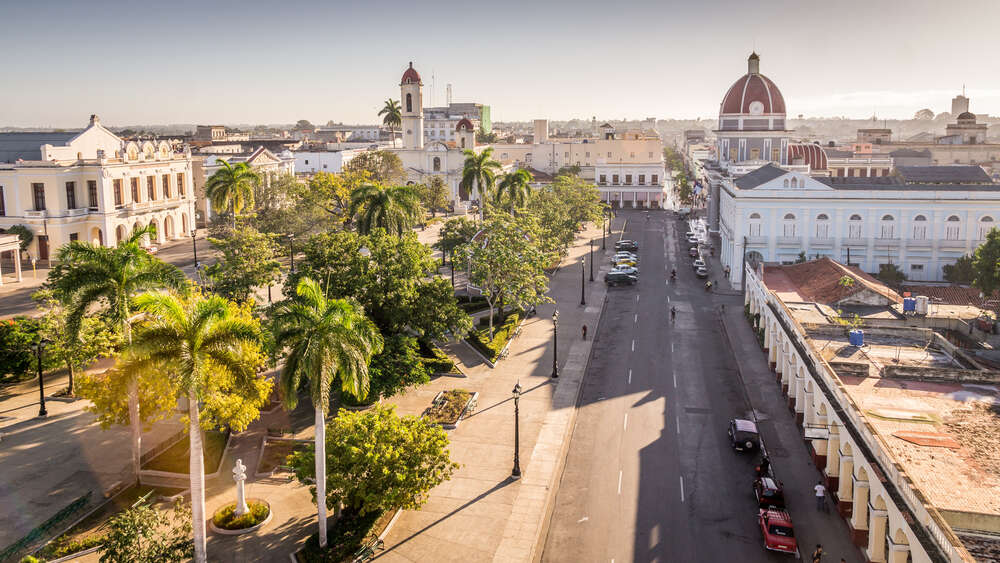
One might be upset with Cuba's poverty of slums and not the best service in the Caribbean, one will be inspired by revolutionary legends, breathtaking ecotourism and endless beaches with white sand. This is one of the few places on the planet, where communism surprisingly coexists with Catholicism as well as Soviet KrAZ trucks on Varadero embankment with American retrocars, and gangsters of the Prohibition era seem to be about to jump out of them. What Cuba certainly does not have is monotony and boredom - it is a real time machine that takes you to the world of colonial baroque and past greatness. And energetic rhythms of salsa and rumba will play in your head for a long time after returning to your homeland!

 Русский
Русский
 Deutsch
Deutsch
 Українська
Українська
 Español
Español
 Italiano
Italiano
 Français
Français
 Polski
Polski
 Čeština
Čeština
 Қазақ
Қазақ
